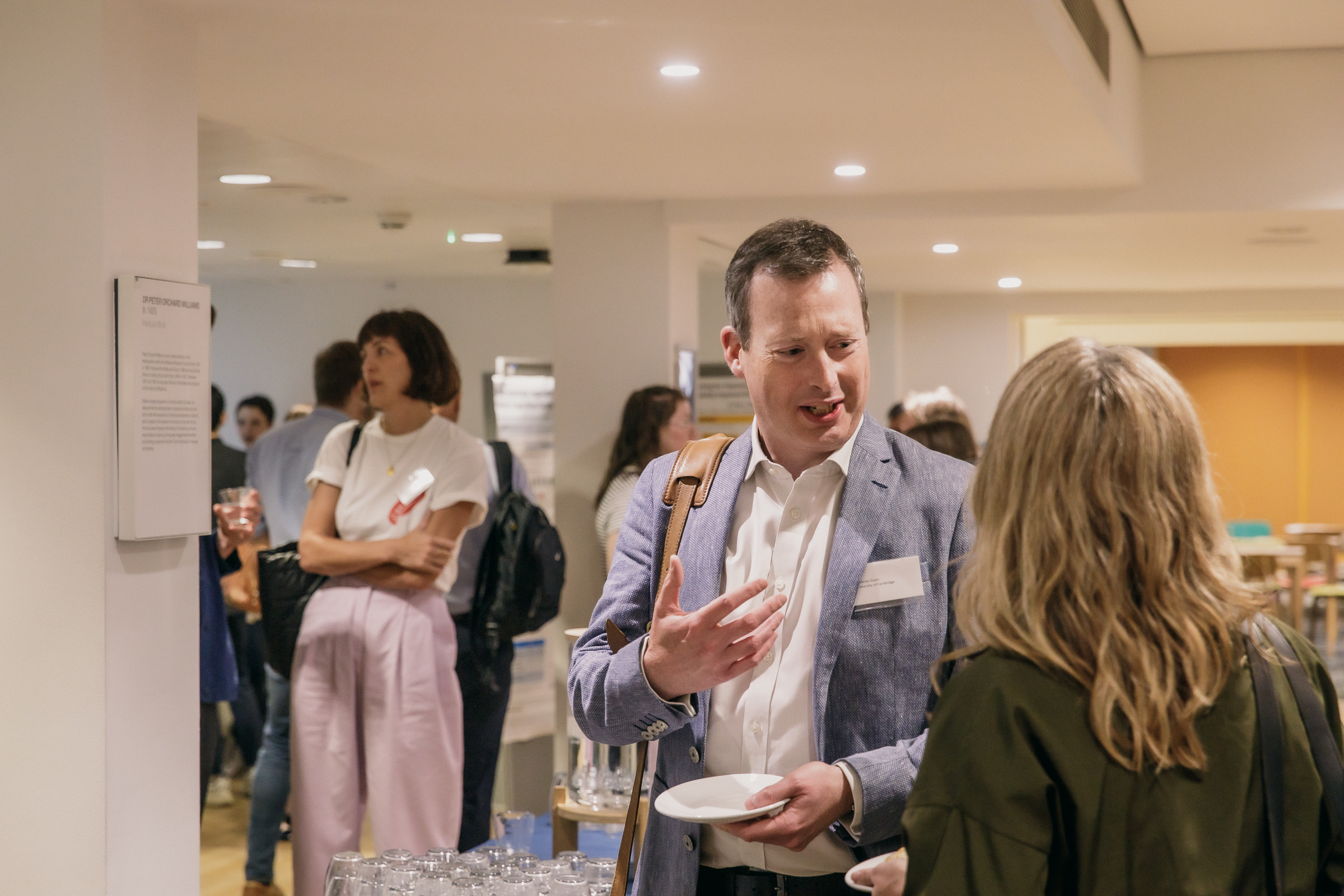Ten years ago, when Nick Evans was an Early Career Researcher and presenting a poster at a conference, he spotted other posters featuring the Vivensa Foundation logo (then the Dunhill Medical Trust). It got him wondering how many other Vivensa Foundation-funded early career researchers there were, and if there was a way in which they could connect. He came to us with the idea to form a network.
What started as the ECR network later became Vivensa Academy to incorporate a wider community of researchers, clinicians and community-facing organisations. As we are fast-approaching the 10-year anniversary of the creation of this network, Nick Evans reflects on some of the ways in which Vivensa Academy is benefitting its members.
In the decade since its inception, the Vivensa Academy has become a vibrant international community of researchers. It has nearly 600 members with representation across UK academic institutions, healthcare trusts, and 31 community organisations (of which 15 are associated with Vivensa-funded programmes). There is representation in the academic members from across the UK and we have seen an increase in international members from Europe, Africa, and North America. Encouragingly, around a quarter of Academy members are at the earliest stage of their academic careers, and a further third are within their first 10 years.
Events and masterclasses
An important role of the Academy is providing a forum for this community of early career researchers to come together. Over 300 individuals have attended recent events, and the next in-person meeting is on 19 November. This is complemented by free online learning events and masterclasses, covering a diverse range of topics including: mentorship, building a supportive network, funding application workshops, CV development, and measuring research impact. These have provided invaluable opportunities for Academy members to develop new skills and collaborate with fellow researchers. You can see all upcoming events here.
The Academy has worked hard to promote outward-looking activities. It has awarded 27 Ignition Fund grants that aim to promote key principles for research that align with the objectives of the Academy. These include patient, carer and public involvement and engagement (PPIE), capacity-building and professional development, and equity, diversity and inclusion (EDI).
Celebrating excellence
In recent years, those of us attending the Annual Symposium have had the chance to celebrate the success of Academy members – both early career and more established researchers – in their efforts to promote the key values of the Vivensa Foundation. The Rising Star and Senior Leader Excellence Awards, awarded in 2024 and 2025, have recognised researchers who have demonstrated excellence in their ageing-related field. There is now a third category for ‘team achievement’ too. You can nominate yourself or another Academy member for an Excellence Award here before the deadline of 31 October.
Fostering links
Although the events, training, grants and awards are important, what is more important is the profound effect the Academy has had on fostering links between researchers of diverse fields and backgrounds. Establishing this community of practice has helped form new interdisciplinary collaborations and support networks, and many of the people I have met through the Academy have gone on to become valued colleagues, collaborators, and friends.
The activities of the Vivensa Academy to promote capacity-building and collaborations over the last ten years mean that the future of ageing research looks bright for the next decade, and for many years beyond.
You can apply to join the Academy here.
To book your place at our in-person Early Career Researchers’ event in November, register here by 10 October.

